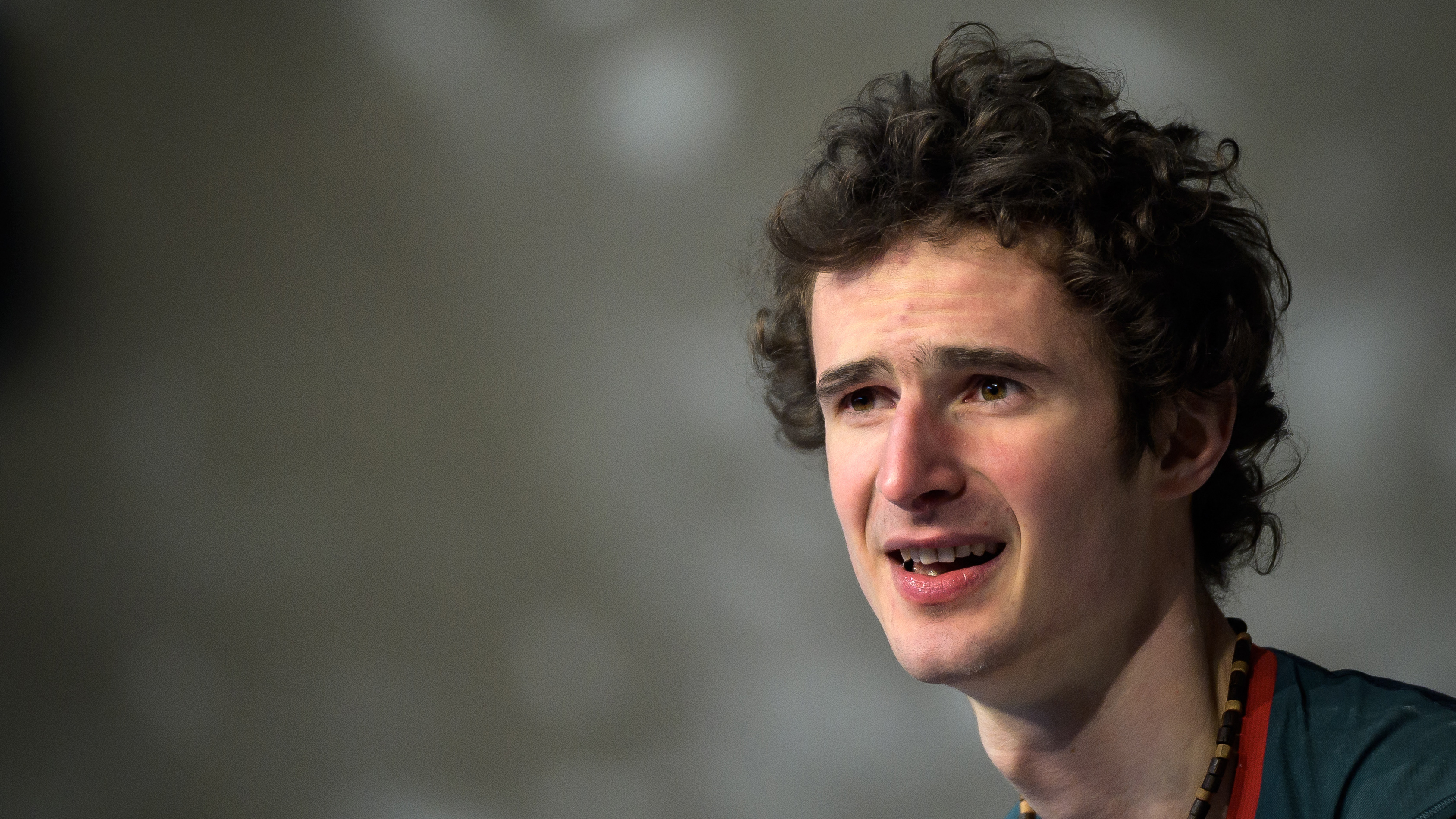What is paraskiing? Its history and evolution into speedriding
What is paraskiing? We delve into the marriage of skiing and paragliding, taking a look at speedriding, and considering how paraskiing differs from kite skiing
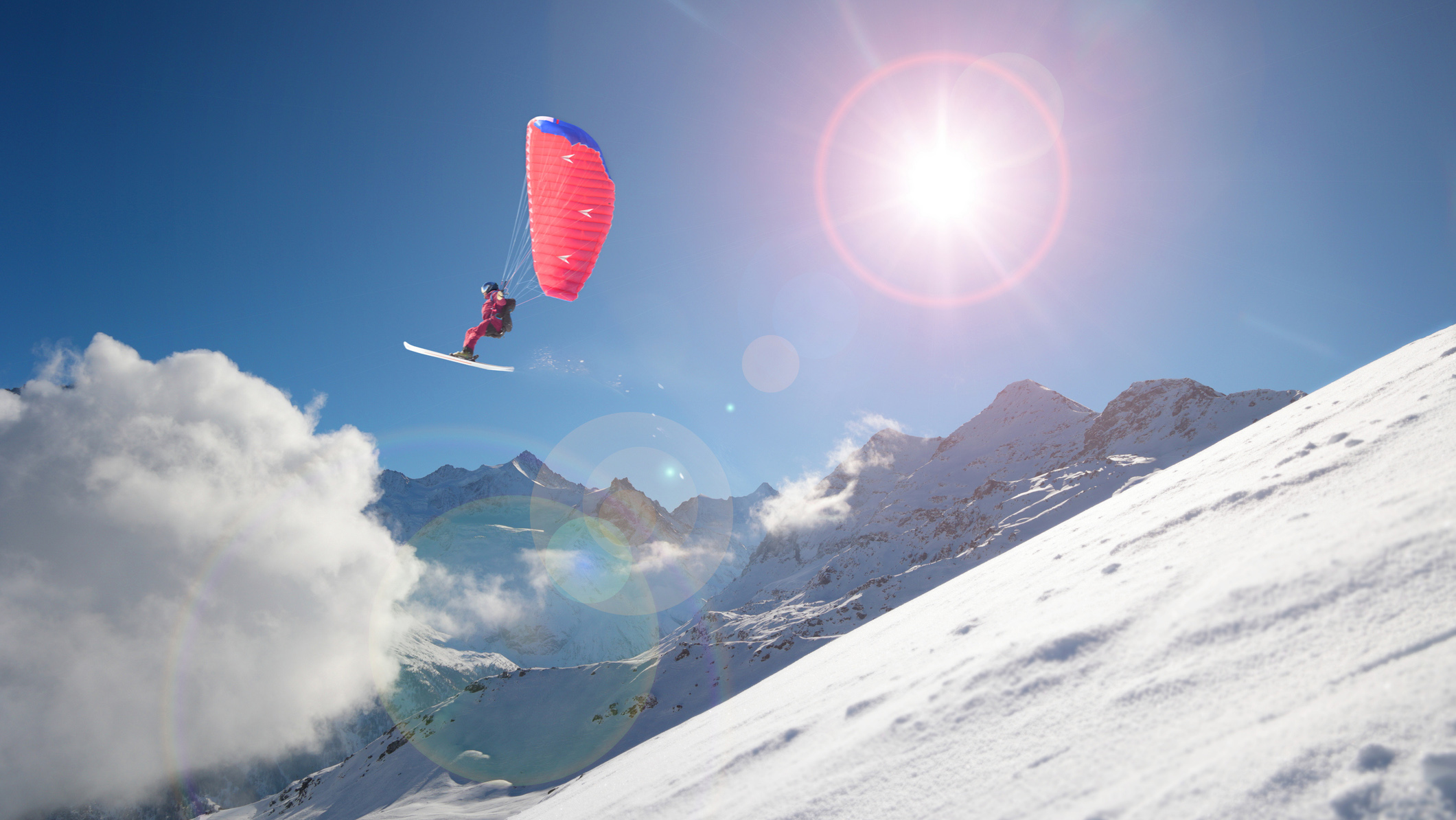
One of my favorite books about the great outdoors is Mountains of the Mind by Robert Macfarlane. It’s a study of how human perception shapes how we see the mountains and the emotions and fascination we feel when exploring the high places. I was very excited when I heard that Jennifer Peedom, director of the critically acclaimed Sherpa, was directing a then new film simply entitled Mountain, with the narration taken directly from the book.
It's a stunning film, with most of the cinematography provided by Renan Ozturk of Meru and The Sanctity of Space fame. (In fact, both Meru and Mountain make our list of the 10 best climbing films, but I digress...)
Some of the most beautiful and almost unbelievable shots from Mountain shows skiers flying down a huge, snow-covered peak. Nothing new there, right? Except these skiers were spending most of their time airborne, paragliding between snow jumps. They were doing loop-the-loops down the mountain! My jaw almost hit the floor the first time I saw it.
This was the moment I knew I wanted to know more about paraskiing and more about the incredible world of speedriding.
What is paraskiing?
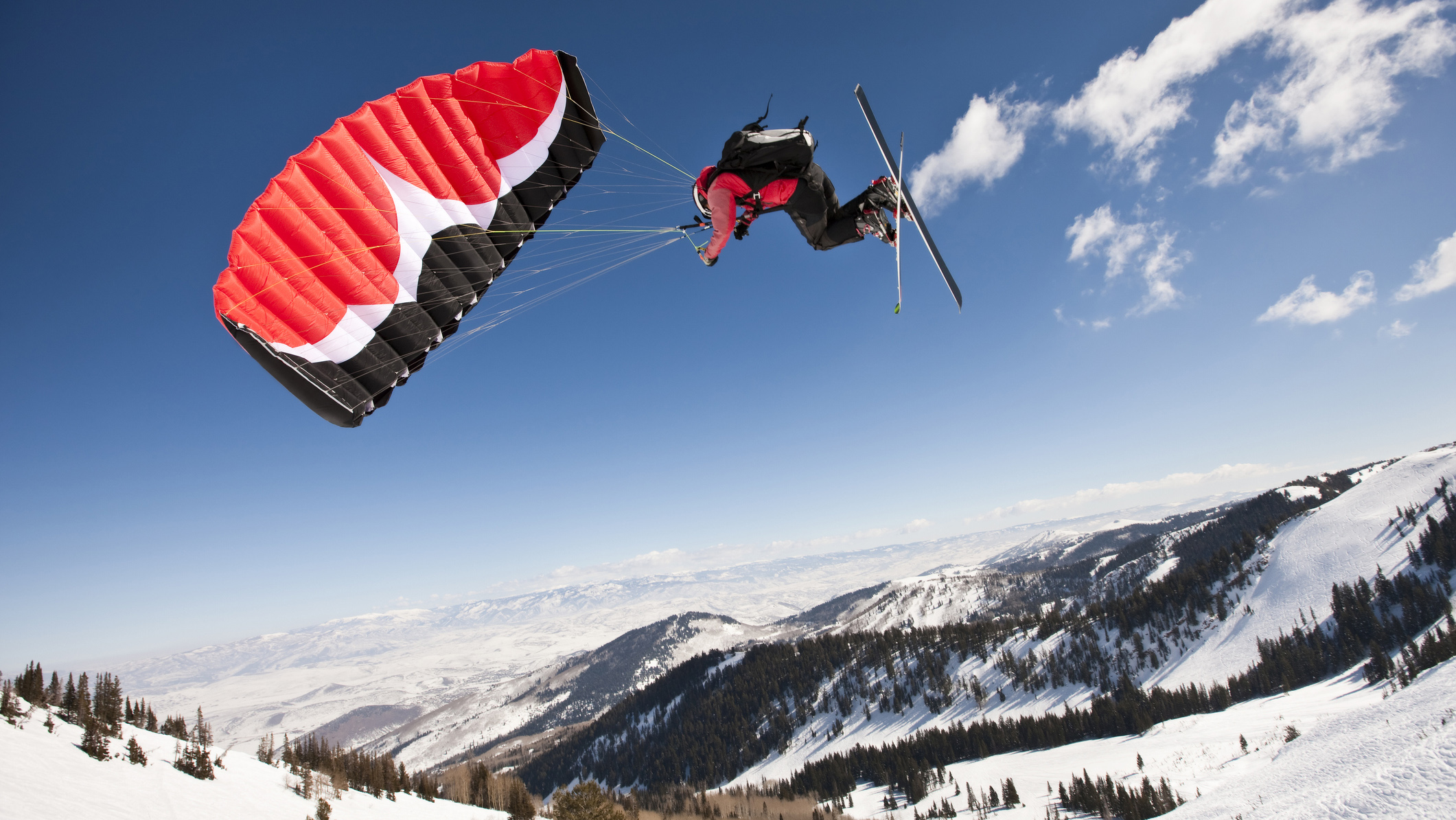
Paraskiing is a form of paragliding where take-off and landing are done on skis. Also known as ski gliding or flight and ski, it can be thought of as ski launched paragliding, involving much more of the latter than the former. If you were to book a guide to take you paraskiing, you’d ski for the take-off and the rest of the experience would pretty much be up in the air until the final landing. So, it isn’t hugely removed from summertime paragliding, though both take-off and landing are more challenging, while the winter weather can also provide additional difficulties.
However, an elite few have taken this approach to the extreme, flying low and frequently coming back into contact with the terrain with their skis. This is speedriding, where riders use a small, non-rigid wing to descend from mountain summits, occasionally skimming off the surface, sometimes skiing for extended periods if the terrain allows. It should not be confused with speedflying, which doesn’t involve the use of skis.
Meet the expert

Mountain Leader and former President of the London Mountaineering Club, Alex adores adventures in the high places. He has enjoyed many trips in the European Alps and follows developments in extreme adventure closely.
The history of paraskiing
- Skiing's history dates back thousands of years
- Modern paragliding was born in 1978 in the French Alps
- It's not clear who first strapped a pair of skis on to launch into a flight
- Speedriding first took place in 2001, again in the French Alps
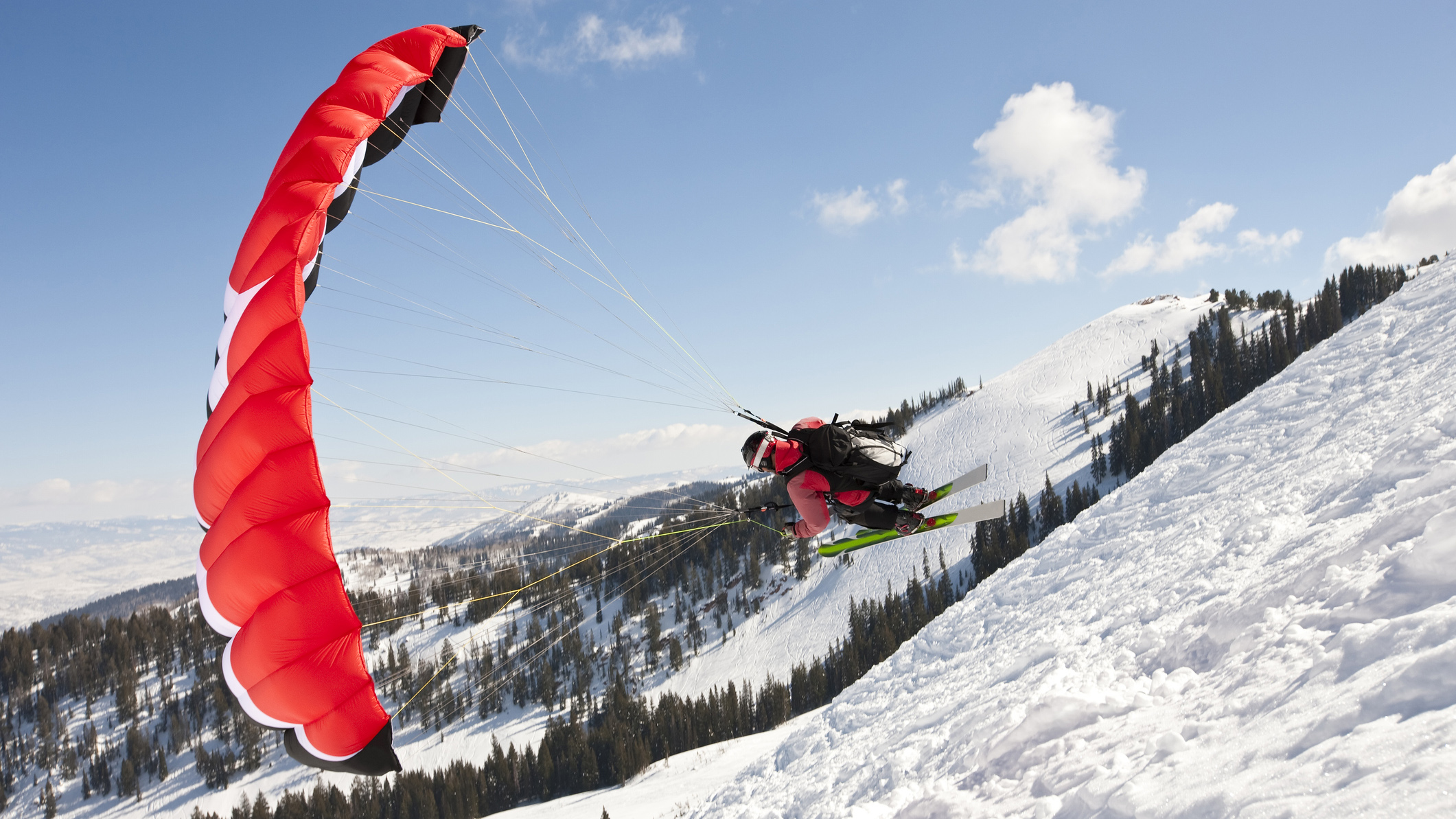
While it’s thought that skiing’s history dates back at least 8,000 years, paragliding is, somewhat unsurprisingly, a more modern pursuit. In 1978, in the French farming village of Mieussy, Jean-Claude Bétemps and André Bohn took flight from the steep slope of Mount Pertuiset. This was an event that‘s often considered to be the birth of modern paragliding. Paragliding exploded from here, eventually giving birth to other extreme pursuits like paralpinism, the giddy marriage of alpinism and paragliding.
Advnture Newsletter
All the latest inspiration, tips and guides to help you plan your next Advnture!
It’s not clear who first strapped a pair of skis on for take-off or when this took place, though the modern speedriding’s origins can be traced back to 2001, again in the French Alps. On 7th February 2001 in Valfréjus, a trio of skydivers and paragliders, Frédéric Fugen, Frank Coupat and Vince Reffet, found themselves in conditions that were too windy to paraglide in. It was Fugen who suggested that they should try skiing a steep face their parachutes flung upwards. Their maiden flights were a success and the pursuit suddenly had wings. An essential essence of speedriding was to be the mixture of both flight and sections of skiing, all while avoiding the hazards of the high mountains, such as rock faces, crevasses and avalanche terrain.
- François Bon wowed the watching public with his descents of the Eiger (2006) and Aconcagua (2008)
- Brands like Red Bull have sponsored speedriding pursuits
One of the most famous names in the speedriding world is French skier François Bon, who joined Fugen, Coupat and Reffet, along with David Eyraud, as pioneers of the pursuit. Bon descended the infamous Eiger via its west and north faces in 2006, wowing millions with his POV footage on YouTube. In 2008, he launched himself off the top of Aconcagua, South America’s highest mountain, descending the 9,000-foot south face in less than 5 minutes.
The pursuits of paraskiing and speedriding have been steadily gaining popularity in the European Alps, where there are even dedicated runs. Meanwhile, brands like Red Bull have been quick to sponsor and document some of the world’s speedriding athletes, producing the incredible The Unrideables in 2015, a film that follows Jon DeVore and his team of elite athletes as they take the speedriding approach to the mountains of Alaska.
How to get into paraskiing
- You can book a guide to take you paraskiing
- High levels of standard paragliding experience and skiing experience are needed to become independent
- The French Alps is home to speedriding instructors, should you wish to up the ante
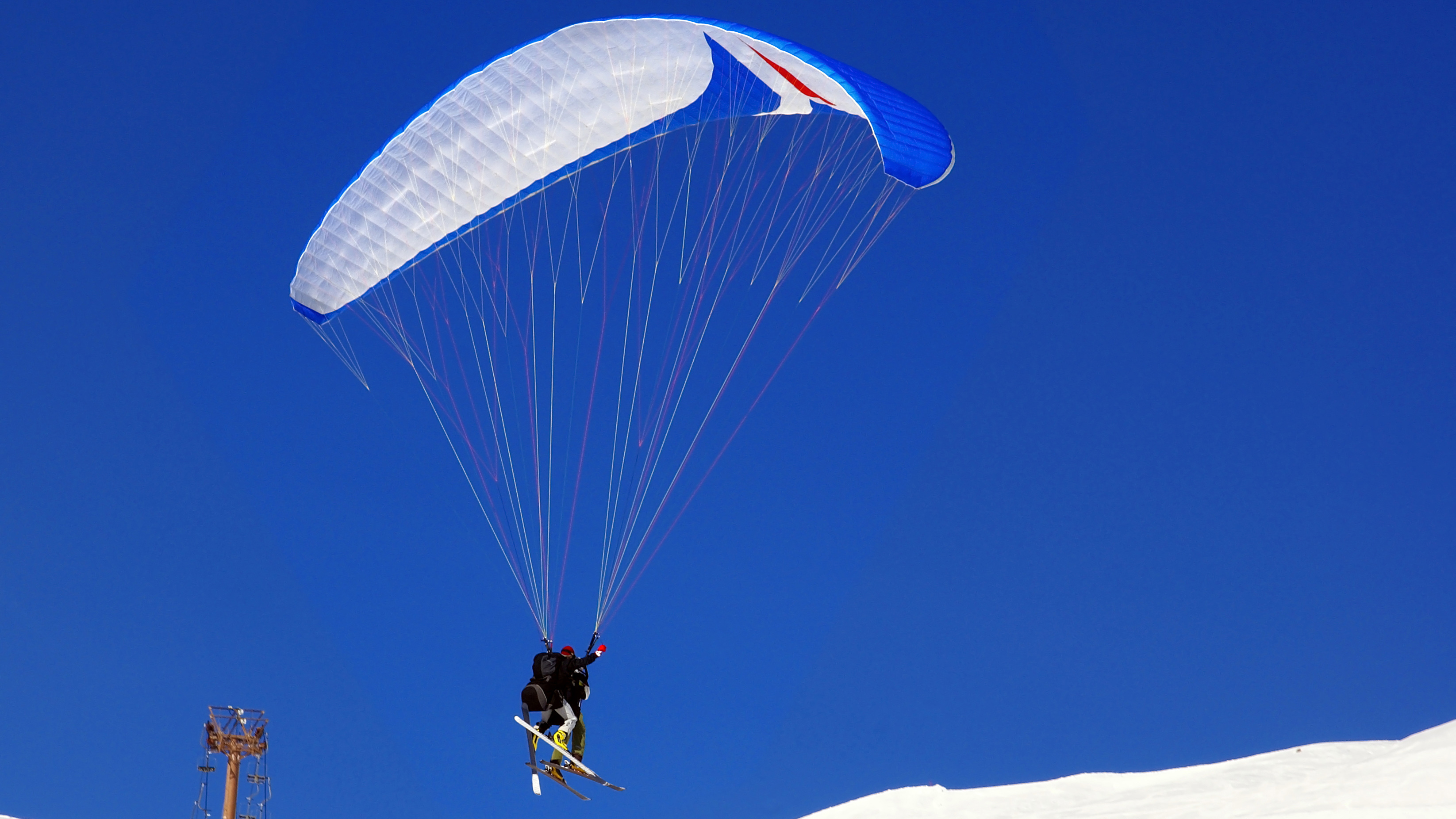
You can experience the standard approach to paraskiing, which bears much more resemblance to traditional paragliding, by booking an instructor to take you for a flight. The Alps is a popular destination for these kinds of experiences.
To practise paraskiing independently, you first have to be a competent skier and secondly be able to paraglide. Of course, traditional paragliding, whereby you’re launching with a foot-powered run up, is more straightforward than the paraskiing approach, both in terms of take-off and landing. So, building up a strong level of experience in traditional paragliding is essential before adding the complications of skis, snow and winter conditions, which tend to be less favourable.
If you’re already a paragliding pro and want to take things up a level by trying out speedriding, the French Alps is arguably the place to be. Resorts like Val d’Isère, Tignes and Morzine are home to some of the few instructors that exist today.
How is paraskiing different to kite skiing?
- Kite skiing is when skiers use a kite to power their travel across snowy terrain
- Unlike with paraskiing, kite skiers don't take to the skies
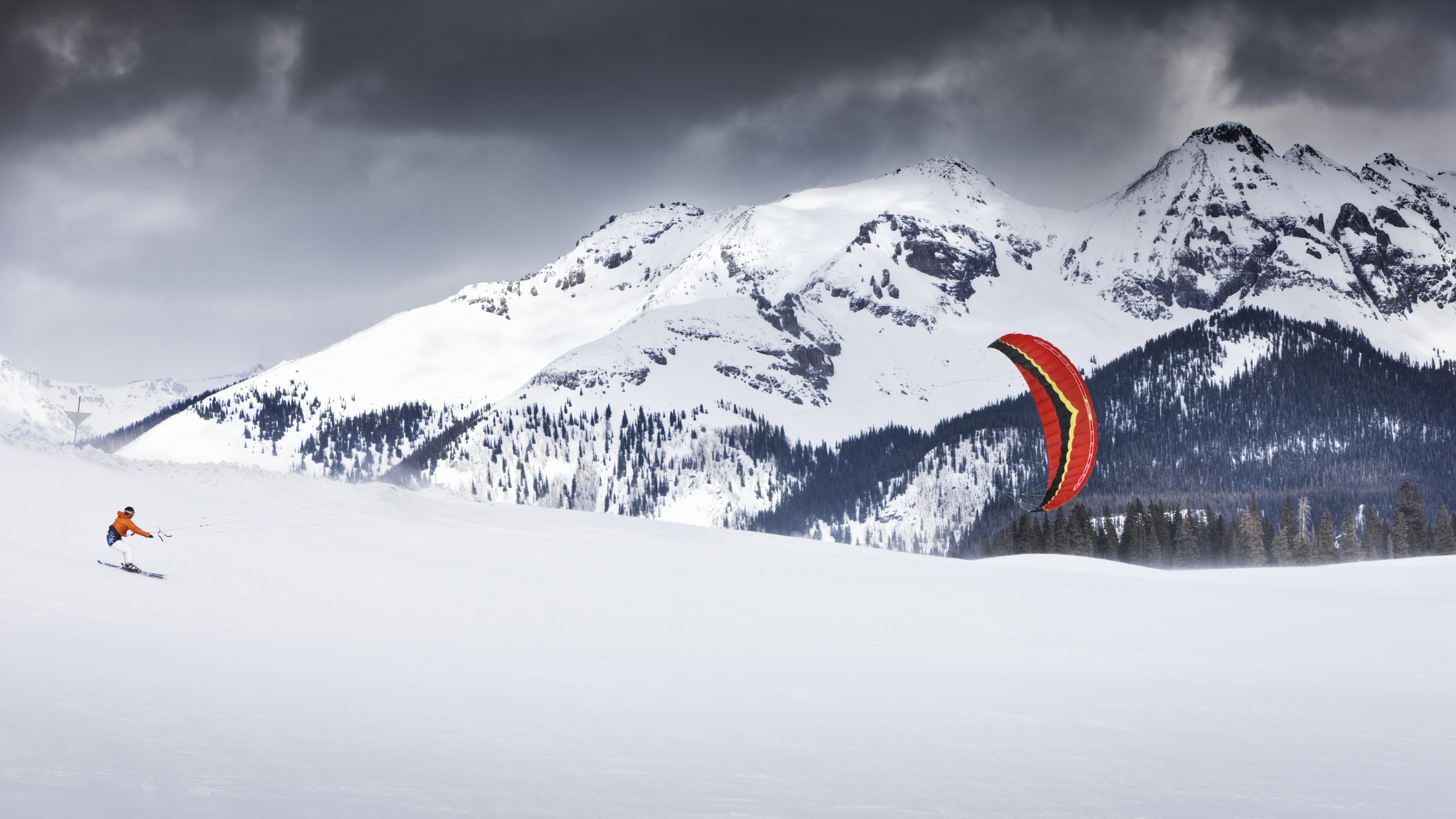
Kite skiing, often called snow-kiting, is where skiers use a kite to power their travel across snowy terrain. In many ways, it’s similar to water-based kiteboarding and the technique used is broadly similar. Unlike with paraskiing, skiers don’t take off into the air when kite skiing, although being attached to the kite does allow for bigger air when making jumps and the like.
Kite skiing allows adventurers to travel large distances at speed across frozen wilderness terrain, such as across Antarctica. Such an approach was used by alpinists Leo Houlding, Jean Burgun and Mark Sedon to access the remote Antarctic peak of the Spectre on expedition in 2021.
Alex is a freelance adventure writer and mountain leader with an insatiable passion for the mountains. A Cumbrian born and bred, his native English Lake District has a special place in his heart, though he is at least equally happy in North Wales, the Scottish Highlands or the European Alps. Through his hiking, mountaineering, climbing and trail running adventures, Alex aims to inspire others to get outdoors. He's the former President of the London Mountaineering Club, is training to become a winter mountain leader, looking to finally finish bagging all the Wainwright fells of the Lake District and is always keen to head to the 4,000-meter peaks of the Alps. www.alexfoxfield.com

